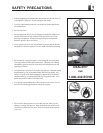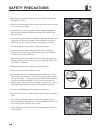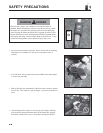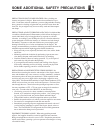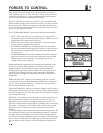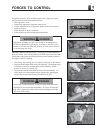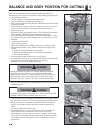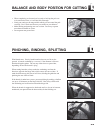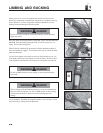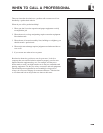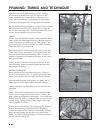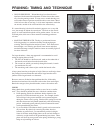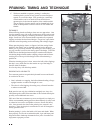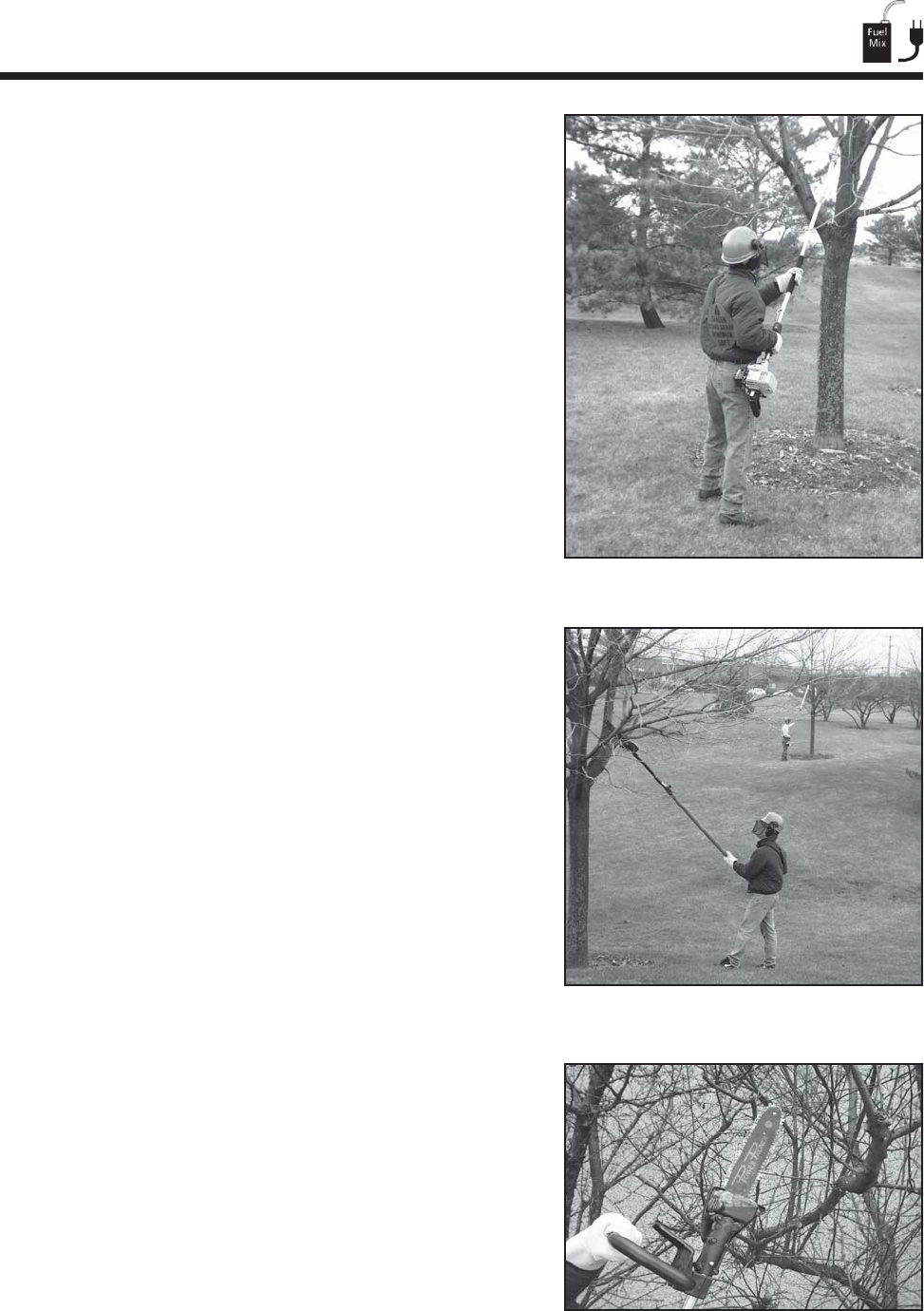
2020
2020
20
PRUNING: TIMING AND TECHNIQUE
Pruning is vital to the health and beauty of trees. Pruning
controls the size and direction of growth, improves a tree’s
health, diminishes risk of infection and increases the size of
flower and fruit production. Proper pruning also encourages
growth by opening up the tree’s canopy and branch structure.
But first and foremost, proper pruning is important for tree health.
Dead wood that is left on a tree is a food source for fungi and
bacteria that can damage a tree. Such dead and decaying wood
can also open passageways for invasive insects.
TIMING
On most trees, the ideal time to prune is during the winter months
when sap flow has either stopped entirely in northern regions or
slowed considerably in southern regions. Early spring is also a
good time to prune, as long as trees have six weeks of healing
time before the first signs of growth.
There are exceptions. Trees and shrubs that flower in the early
spring, such as lilacs and redbuds, are best pruned within the
two-week period following blossom drop. Many varieties of
needled evergreens are best pruned in the spring as well, just as
new growth emerges.
Pruning should be matched to the needs of each tree, in tech-
nique and timing. Some trees require frequent pruning while
others require very little.
PRUNING TECHNIQUES
Before pruning any tree, determine the objective. There are
several reasons to prune a tree. As a general rule, prune a tree
first for safety reasons, then for health, and then for aesthetics.
No matter what the reason is for pruning, as a general rule of
thumb, remove no more than a quarter of the tree’s foliage.
Pruning techniques vary depending on the size and location of
the branch.
When a small branch is pruned away, the cut should be made
close to where it emerges from a larger branch. This way, the
plant’s natural growth pattern is encouraged. Cuts on branches
or stems should be made at a moderate angle; too great an angle
exposes a large, oblong wound that takes longer to heal and is
more susceptible to infection.
When trimming side branches, the final pruning cuts should be
made at the outside edge of the branch collar (the slightly
swollen area where the branch attaches to the trunk). On larger,
heavy branches pruning cuts may have to be made several
inches from where the branch emerges, to avoid any tearing of
the bark when the branch falls.



